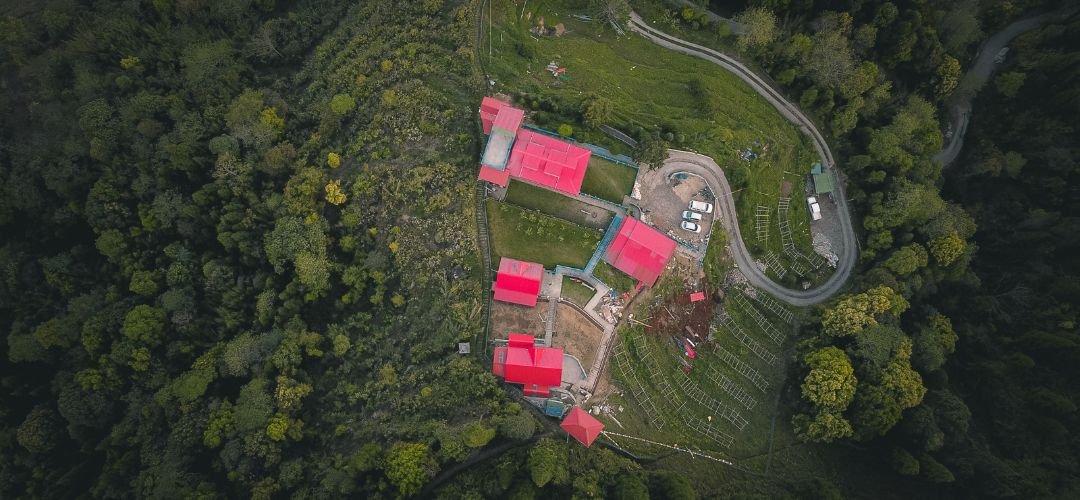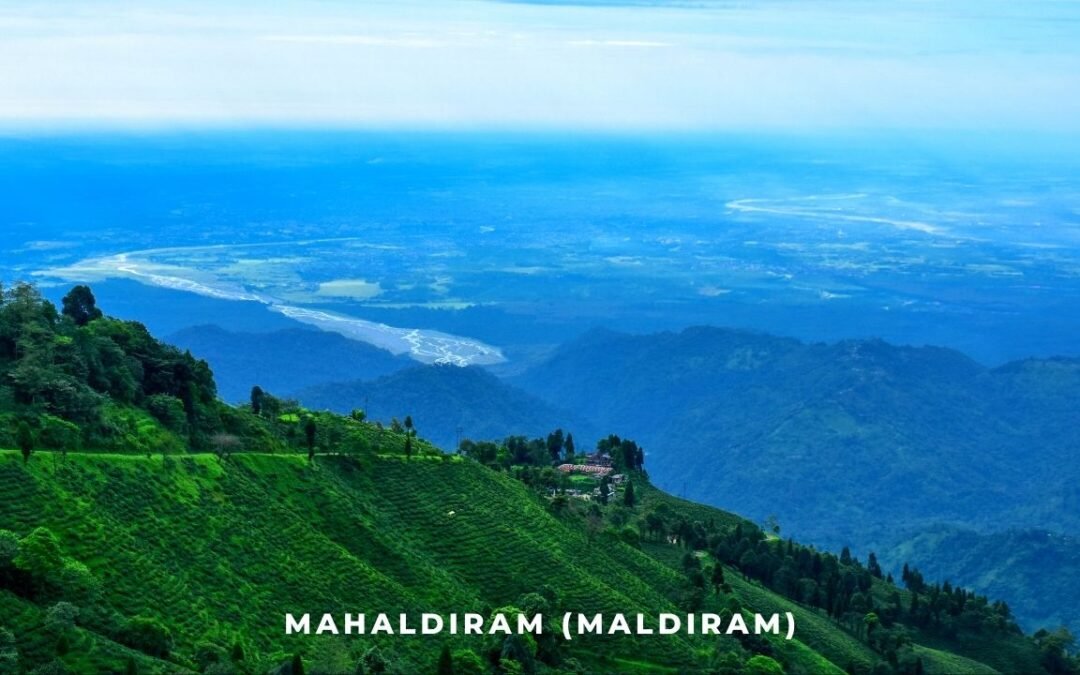The name ‘Darjeeling’ came from the Tibetan words, ‘dorje’ meaning thunderbolt (originally the scepter of Indra) and ‘ling’ a place or land, hence ‘The land of the thunderbolt’. Darjeeling has always been one of our favourite places to visit. And I had often wondered about the history of Darjeeling.
In this post, we are going to share about a very brief history of Darjeeling.
Are you planning a Darjeeling trip? Read our Darjeeling Travel Guide to know all about the place and how to plan your trip.
Darjeeling – A Brief History
Darjeeling is located at an altitude of about 6710 feet and is one of the most beautiful destinations in India. The name Darjeeling came from two Tibetan words ‘dorje’ meaning and ‘ling‘ meaning land. So Darjeeling literally means ‘the land of thunderbolt’.
Previous to its acquisition by the British East India Company in 1835, Darjeeling was a part of Sikkim (Sikkim was an independent kingdom then) and also of Nepal for a brief period of time. In 1827, there was a dispute between Sikkim and Nepal again and the Sikkimese King asked the British Governor-General in India for help as per the Treaty of Titalia signed in 1817. The British then sent two of its officers Captain Lloyd and Mr Grant to settle the dispute.
It was during this time when Caption Llyod sent a few days in Darjeeling in February 1829. The place was then known as the “Old Gorkha Station of Darjeeling”. The place was nothing like what it is today. It was a deserted region with dense forests and mountains. Caption Llyod realized that Darjeeling can become a great sanatorium or health resort for the British officers.
Soon a proposal was sent to the British Governor-General and it was soon approved as well. Caption Llyod who was by then promoted to the rank of General was sent again to negotiate with the Chogyal (King) of Sikkim to handover Darjeeling to them. General Llyod was successful in his mission and finally, in 1835 the Chogyal was persuaded to hand over Darjeeling as a gift to the East India Company as a friendly gesture. In return, the company granted an allowance of Rs 3000.00 to the Chogyal which was later increased to Rs 6000.00 per year. It might sound a meagre amount now, but it was quite a large sum during those days!
In 1839, Dr Archibald Campbell, a British resident in Nepal was brought to Darjeeling and given the charge of administration. Dr Campbell was largely responsible for the initial development of Darjeeling. He was responsible for building roads, establishing Hill Corps to maintain law and order. He also abolished bonded slavery in Darjeeling.
There were still minor skirmishes between the Sikkimese and the British during the preceding years. Finally, after 1866, Darjeeling became much peaceful and that brought an all-round development of the hill station. Farming was improved and so was communication. In 1881, the Darjeeling Himalayan Railways was introduced that connected the hills to the plains in a convenient fashion. Finally, Darjeeling was growing and flourishing.










I’m so happy that I came upon your web site. You certainly
know what you’re talking about, and you made me feel like
I ought to learn more regarding this.
My page – tuansanders65.sosblogs.com (Jonah)